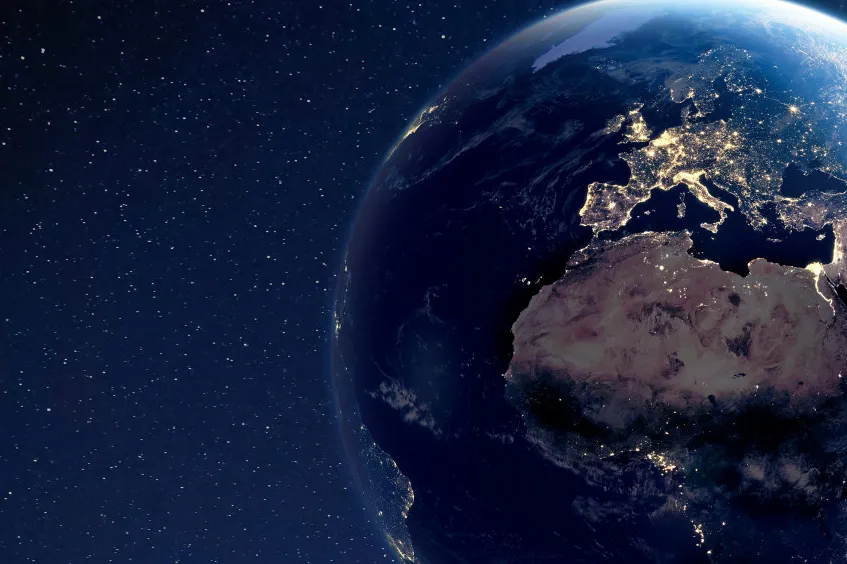'African nations in best position to supply green hydrogen to Europe at the required scales': analyst
Total project pipeline in Africa amounts to 114GW, but only 13MW has reached a final investment decision, says Rystad Energy

Total project pipeline in Africa amounts to 114GW, but only 13MW has reached a final investment decision, says Rystad Energy
